
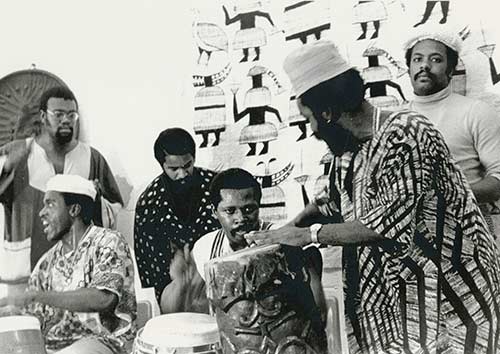
Seaside
116-15 Rockaway Beach Boulevard, Rockaway Park
Untitled
Drummers, Black Solidarity Day, Storefront Museum, November 1, 1971.6
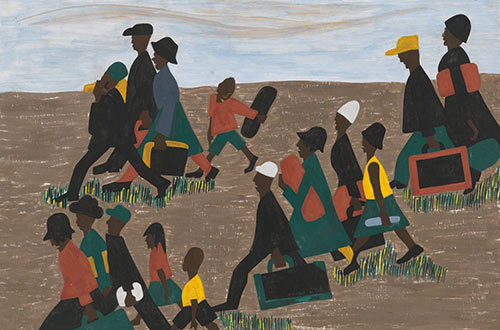
South Hollis
204-01 Hollis Avenue, South Hollis
The Migration Series Panel 40 (1940-41)
Jacob Lawrence
This is a panel from Jacob Lawrence's Migration Series. The caption reads, "The migrants arrived in great numbers."
Almost 80 years ago, young artist Jacob Lawrence set to work on an ambitious 60-panel series portraying the Great Migration, the flight of more than a million African Americans from the rural South to the industrial North following the outbreak of World War I. Before painting the series, Lawrence researched the subject and wrote captions to accompany each panel. Like the storyboards of a film, he saw the panels as one unit, painting all 60 simultaneously, color by color, to ensure their visual unity. The poetry of Lawrence's epic statement emerges from its staccato-like rhythms and repetitive symbols of movement: the train, the station, ladders, stairs, windows, and the surge of people on the move. Following the example of the West African storyteller, who spins tales of the past that have meaning for the present and the future, Lawrence tells a story that reminds us of our shared history and at the same time invites us to reflect on the universal theme of struggle in the world today.
Source: The Phillips Collection phillipscollection.org4
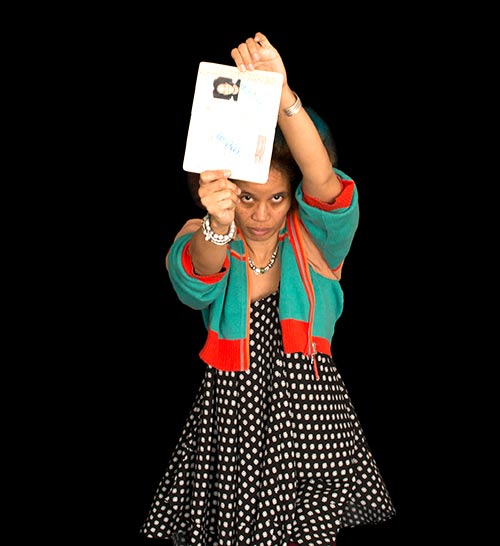
South Jamaica
108-41 Guy R. Brewer Boulevard, Jamaica
What We Bring: Expired Jamaican Passport
Staceyann Chin
“I came to America to find some kind of freedom.”9
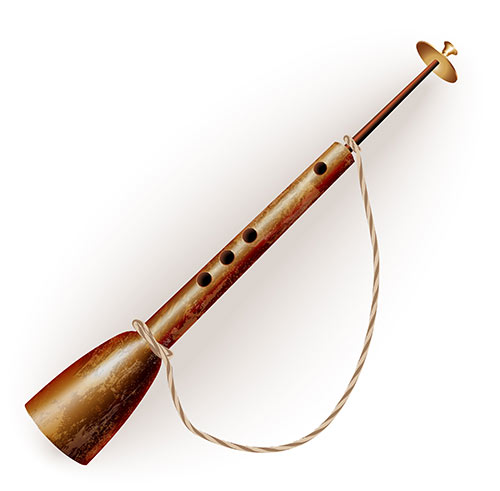
South Ozone Park
128-16 Rockaway Boulevard, South Ozone Park
Algaita
The algaita is an oboe-like instrument that probably was first used in the Bornu empire and then spread to Hausaland.
Source: The Garland Encyclopedia of World Music: Africa, edited by Ruth M. Stone, Routledge, 2017

St. Albans
191-05 Linden Boulevard, St. Albans
The New Deal-Pro and Con (1937-1942)
Eli Jacobi
Men crowded together next to a large furnace.1

Sunnyside
43-06 Greenpoint Avenue, Long Island City
Berbere
Berbere is a spice mix used in the cuisines of Ethiopia and Eritrea. It includes African pepper, ajowan, coriander, and cardamom.
Source: The Encylopedia of Herbs and Spices, PN Ravindran, CAB International, 2017.
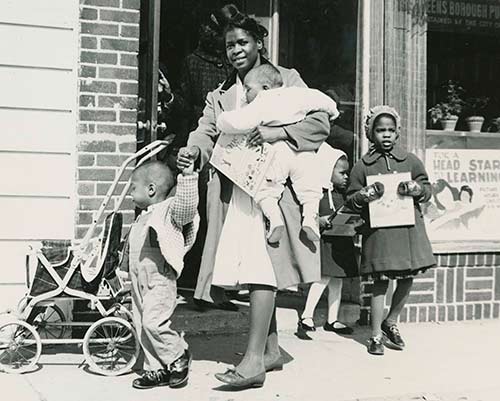
Whitestone
151-10 14 Road, Whitestone
Untitled
Family leaving Rockaway branch library after Head Start program, 1965.10
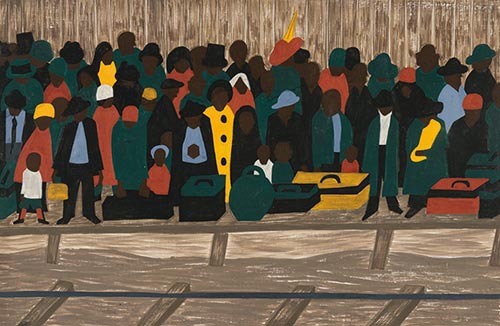
Windsor Park
79-50 Bell Boulevard, Bayside
The Migration Series Panel 60 (1940-41)
Jacob Lawrence
This is a panel from Jacob Lawrence's Migration Series. The caption reads, "And the migrants kept coming."
Almost 80 years ago, young artist Jacob Lawrence set to work on an ambitious 60-panel series portraying the Great Migration, the flight of more than a million African Americans from the rural South to the industrial North following the outbreak of World War I. Before painting the series, Lawrence researched the subject and wrote captions to accompany each panel. Like the storyboards of a film, he saw the panels as one unit, painting all 60 simultaneously, color by color, to ensure their visual unity. The poetry of Lawrence's epic statement emerges from its staccato-like rhythms and repetitive symbols of movement: the train, the station, ladders, stairs, windows, and the surge of people on the move. Following the example of the West African storyteller, who spins tales of the past that have meaning for the present and the future, Lawrence tells a story that reminds us of our shared history and at the same time invites us to reflect on the universal theme of struggle in the world today.
Source: The Phillips Collection phillipscollection.org4
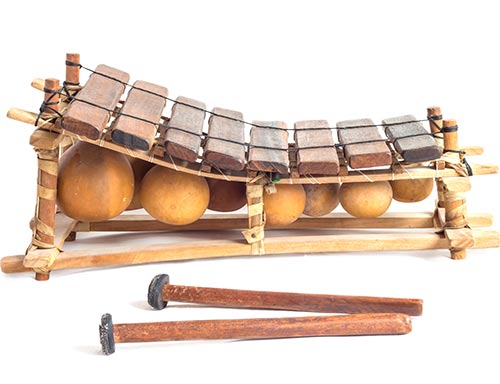
Woodhaven
85-41 Forest Parkway, Woodhaven
Balafon
The balafon is a West African xylophone with calabash (gourds) tied underneath, which are used as resonators. The balafon is used for a variety of occasions and in a variety of musical expressions. UNESCO has added it to the Representative List of the Intangible Cultural Heritage of Humanity.
Source: Wartburg College
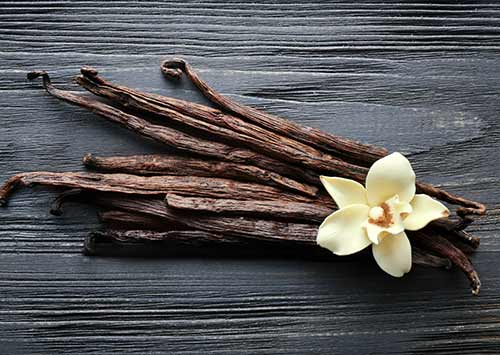
Woodside
54-22 Skillman Avenue, Woodside
Vanilla Bean
The vanilla beans of commerce are the cured unripe fruit of Mexican or Bourbon vanilla (Vanilla planifolia), Tahiti vanilla (V. tahitensis), and occasionally West Indian vanilla (V. pompona); all three species are thought to be derived from a single species native to Mexico, Central America, and northern South America. Vanilla had been used to flavour xocoatl, the chocolate beverage of the Aztecs, centuries before the Spanish conquistador Hernán Cortés drank it at Montezuma’s court, and soon afterward vanilla became popular in Europe. Today it is used in a variety of sweet foods and beverages, particularly chocolate, confections, ice cream, and bakery goods, and in perfumery… Fresh vanilla fruits, often called “beans,” have no aroma. The characteristic aroma results from enzymatic action during curing. The traditional method begins with subjecting the harvested beans to a process of nightly sweating and daily exposure to the sun for about 10 days, until they become deep chocolate brown in colour. Then the beans are spread on trays in an airy shelter until dry enough for grading and packing. Curing and drying requires from four to five months. The best grade of cured seed pods are usually covered with tiny crystals of vanillin, which provide the characteristic rich and sweet aroma. This coating, known as givre, may be used as a criterion of quality. Madagascar supplies 80-85% of the world’s natural vanilla. In the 19th century the French introduced Bourbon vanilla, a tropical vine orchid native to Mexico and parts of South America, to their African island colony.
Source: Encyclopedia Britannica, The Economist
1 Courtesy of the Fine Arts Collection, U.S. General Services Administration Federal Art Project NYC WPA. On extended loan to Queens Library. Contact digitalarchives@queenslibrary.org for research and reproduction requests.
2 Courtesy of the Fine Arts Collection, U.S. General Services Administration New Deal Art Project. On extended loan to Queens Library. Contact digitalarchives@queenslibrary.org for research and reproduction requests.
3 1940–41, Casein tempera on hardboard, 12 x 18 in. The Phillips Collection, Washington, DC, Acquired 1942. phillipscollection.org.
4 1940–41, Casein tempera on hardboard, 12 x 18 in. The Museum of Modern Art, New York. Gift of Mrs. David M. Levy.
5 Courtesy of the Fine Arts Collection, U.S. General Services Administration New York City WPA Art Project. On extended loan to Queens Library. Contact digitalarchives@queenslibrary.org for research and reproduction requests.
6 Courtesy of the Queens Library, Archives, Storefront Museum Collection.
7 This replica of Augusta Savage’s The Harp is part of the Langston Hughes Community Library’s Black Heritage Reference Center.
8 Harvey Wang, Courtesy of the Queens Library, Archives, Queens Council on the Arts Collection. Copyright: Harvey Wang.
9 Courtesy of City Lore, What We Bring: Immigrant Gifts exhibit, on view at Central Library until March 2. Cosponsored by City Lore, Center for Traditional Music and Dance, the Brooklyn Arts Council, and the CATCH consortium. Curated by Tom Van Buren and Steve Zeitlin. Funded by the Andrew W. Mellon Foundation with additional support from the New York State Council on the Arts and the NYC Department of Cultural Affairs. Photography by Tom Pich.
10 Queens Library, Archives, Queens Borough Public Library Photographs.
11 Courtesy of the Queens Library, Archives, Frederick J. Weber Photographs. Copyright: Estate of Frederick J. Weber.